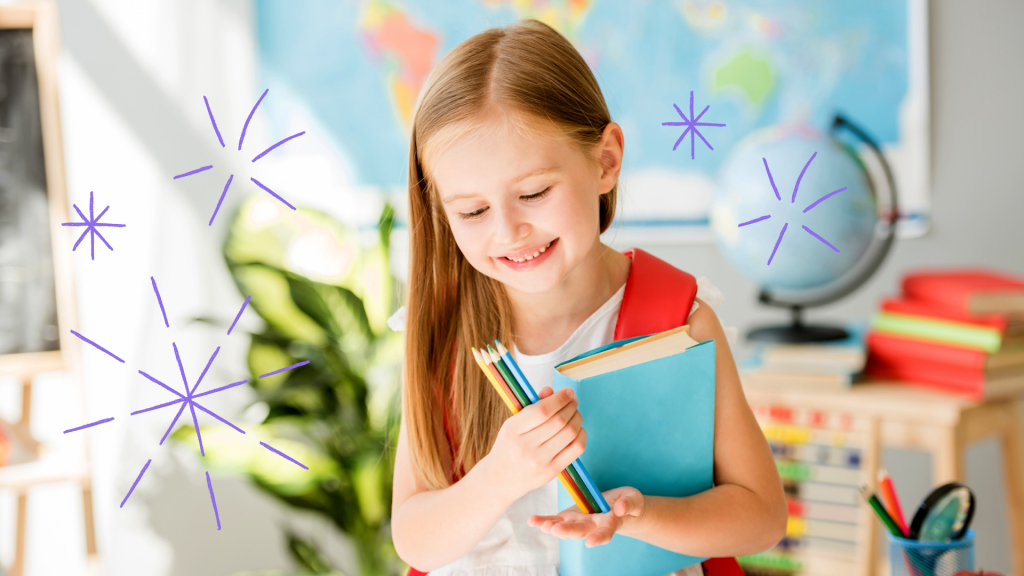
- 4 mins
Classroom Management: Celebrating Individual and Class Successes

In a hectic classroom or in a meditative space, movement provides a helpful avenue for regulating and expressing emotions. Aside from dance, specific movements have been shown to predictably correlate to emotions such as anger, happiness, and sadness (Shafir et al., 2016). Through movement, students learn to identify and eventually regulate emotions.
In addition to identifying and regulating emotion, movement is also an outlet for releasing emotions and energy. Many teachers and parents have likely noticed the difference in a child’s behavior after a day without recess or physical movement. Attention, recall, and encoding of classroom information will likely decrease without a break every now and then.
When exploring emotions and movement, students may need some guidance. When you begin these activities, participate with your students so that they have an example of what healthy emotional expression looks like.
Directions: There aren’t many rules to this game, but instead, you’re leaving much of the game open to interpretation and discussion. If you have an open, safe space with some trees, fields, and playground objects, ask students to find something in the area that expresses a specific emotion to them. Set a time limit, and when the activity is over, you can meet as a group and discuss what was found. This is a good activity for younger students who may need guidance in defining certain emotions.
Directions: This is a quick activity that can be done in the classroom or in an open space. All you need to do is ask your students to march in place and then name an emotion. For 10 seconds students will march with that emotion in mind, and then go back to normal marching until you name another emotion. If you say anger, for example, you may see heavy stomping, while happiness may look more like skipping.
Directions: For this game, you may need a little more space for students to move around. Create a playlist with some songs that can be attributed to certain emotions—for example, upbeat pop songs for positive emotions and slower tempo blues songs for sadness. Play a portion of that song and ask students to dance based on how the song makes them feel. After a few rounds, you can discuss with students why they chose to dance certain ways.
Directions: Space students out as much as possible, turn off the lights, and play some soothing music. Ask students to close their eyes and take some deep breaths. When you say an emotion, ask them to pose in a way that, to them, exemplifies that emotion. Have them hold that pose for a few seconds, and then ask them to relax. You can repeat this with as many emotions as you choose. This is a great activity to wind down after more physical movement, and it gives students the chance to identify emotions without being influenced by anyone else.
Shafir, T., Tschor, R. P., & Welch, K. B. (2016). Emotion regulation through movement: Unique sets of movement characteristics are associated with and enhance basic emotions. Frontiers in Psychology, 6.